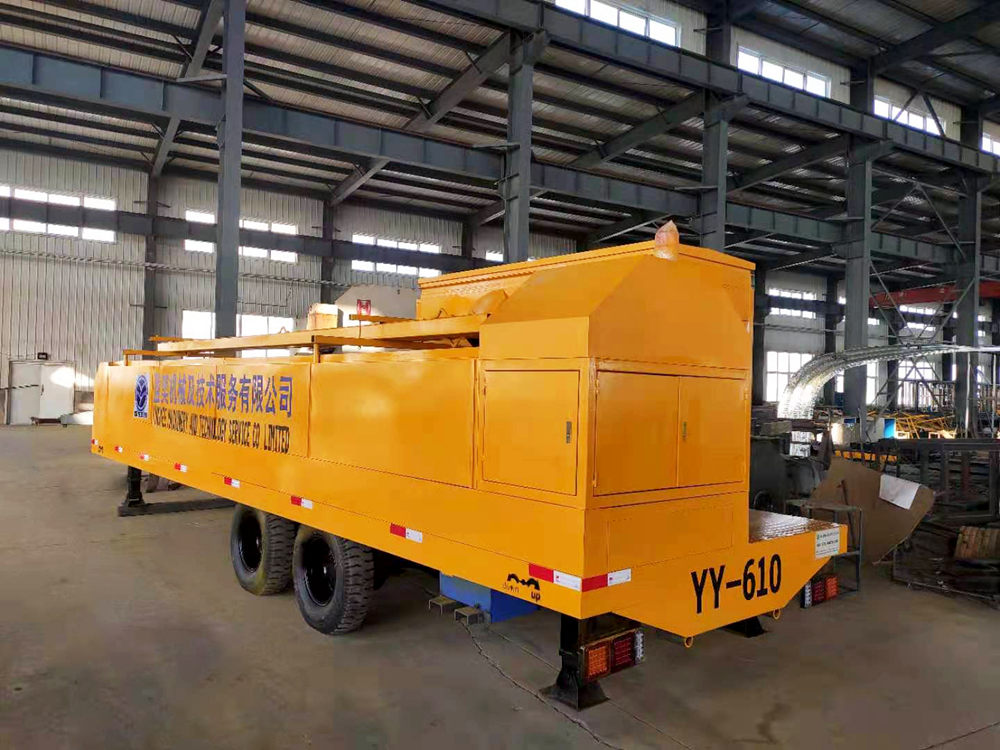
The Importance of High Precision Straightening Machines in Modern Manufacturing
In today’s fast-paced manufacturing industry, the requirement for precision and quality is paramount. High precision straightening machines, often referred to as leveling machines, play a crucial role in ensuring that the components produced meet the strict tolerances required for various applications. This article explores the significance of these machines, their working principles, and their impact on manufacturing processes.
Understanding High Precision Straightening Machines
High precision straightening machines are specialized equipment designed to rectify warped or bent materials. These machines utilize advanced technology to apply controlled force in a manner that straightens metals and other materials with high accuracy. The straightening process is essential in industries where component integrity is vital, such as aerospace, automotive, and construction.
The Working Mechanism
The functioning of a high precision straightening machine typically involves several steps
1. Feeding the Material Raw materials, often in the form of plates, bars, or tubes, are fed into the machine. The quality of the material and the initial condition plays a significant role in the effectiveness of the straightening process.
2. Detection of Deformations Modern straightening machines are equipped with sensors and software that detect any deformations in the material. This initial assessment determines the necessary adjustments required for successful straightening.
3. Application of Force The main aspect of straightening involves the application of force through mechanical means. This force can be applied using hydraulic pressure, mechanical rollers, or even electromagnetic techniques. The precision of this application ensures that the material is straightened without incurring additional stress or damage.

4. Quality Control After the straightening process, various quality control measures are implemented. These can include dimensional checks, surface inspections, and tests for material integrity. Automated systems often guide these processes, ensuring adherence to stringent quality standards.
Benefits of High Precision Straightening Machines
1. Enhanced Quality By ensuring that materials are straightened to precise specifications, manufacturers can improve the overall quality of their products. This reduction in warping or bending leads to improved performance and durability in the final applications.
2. Increased Efficiency The use of high precision straightening machines reduces the need for manual adjustments and rework, which can be time-consuming. This efficiency translates to lower production costs and faster turnaround times.
3. Versatility These machines can accommodate a wide range of materials and sizes, making them suitable for various applications. Whether it’s a thin metal sheet or a thick steel beam, high precision straightening machines can handle diverse needs.
4. Cost-Effectiveness Although the initial investment in high precision straightening machines can be significant, the long-term benefits—such as decreased material waste, lower labor costs, and enhanced product quality—can lead to substantial savings.
Conclusion
High precision straightening machines are indispensable in the modern manufacturing landscape. They offer a combination of precision, efficiency, and versatility that is essential for maintaining high quality in various industrial applications. As technology continues to advance, these machines will become even more sophisticated, enabling manufacturers to meet the ever-increasing demands for quality and performance. Investing in high precision straightening technology is not merely a choice; it is a necessity for companies looking to thrive in a competitive market.